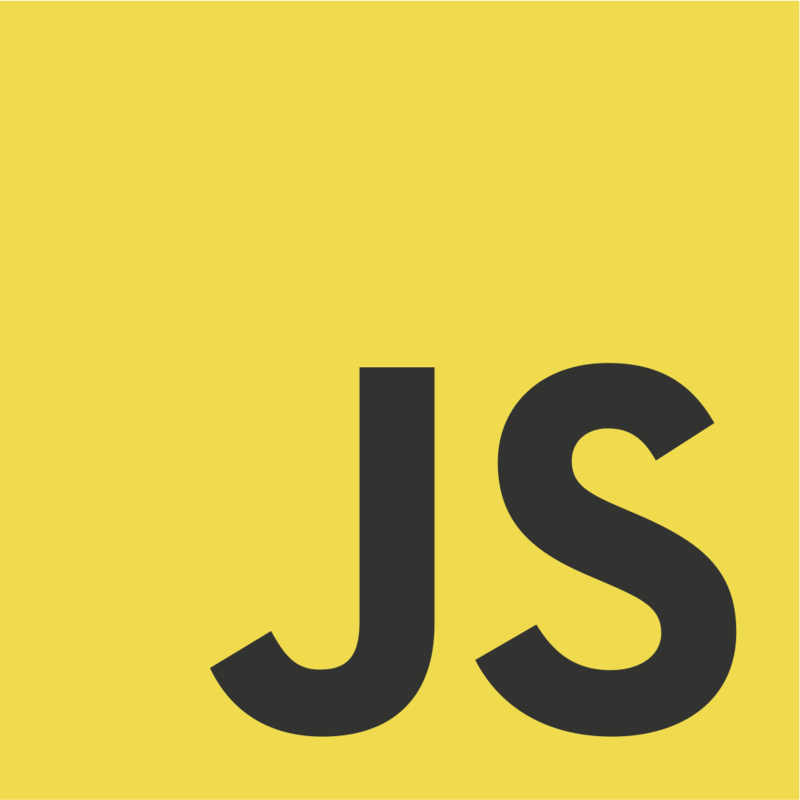Arrow Your Way to Fun with ES6 Functions!
Arrow Your Way to Fun with ES6 Functions!
Are you stuck in a rut with your coding skills? Are you tired of writing long, verbose functions that leave you feeling bogged down and uninspired? Fear not, my friend – ES6 arrow functions are here to save the day! With their concise syntax and powerful capabilities, arrow functions can help you unleash the fun and reignite your passion for coding. So grab your keyboard and get ready to arrow your way to a whole new level of programming excitement!
Unleash the Fun: Mastering ES6 Functions with Arrow Notation!
ES6 arrow functions are a game-changer for modern web development. With their compact, arrow-based syntax, these functions allow you to write code that is both shorter and more readable than traditional function expressions. Additionally, arrow functions offer a number of powerful benefits, such as implicit returns and lexical scoping, that make them an essential tool for any programmer.
One of the most exciting aspects of ES6 arrow functions is their flexibility. They can be used in a variety of contexts, from simple one-liners to complex, multi-line expressions. Whether you need to write a quick callback function or a full-fledged method, arrow notation has got you covered. So why settle for boring, old-fashioned functions when you can unleash the fun and excitement of arrow notation?
From Zero to Hero: Learn How to Use ES6 Arrow Functions for Maximum Fun!
If you’re new to ES6 arrow functions, don’t worry – mastering them is easier than you think! To get started, all you need to do is familiarize yourself with the basic syntax. Arrow functions are denoted by the “=>” symbol, which replaces the traditional “function” keyword. For example, instead of writing “function(x){return x+1;}”, you can write “(x)=>x+1”.
Once you’ve got the basics down, you can start exploring some of the more advanced features of arrow notation. For example, you can use arrow notation to create “curried” functions, which allow you to partially apply arguments and create reusable function templates. You can also use arrow notation to create “higher-order” functions, which are functions that take one or more functions as arguments and return a new function. The possibilities are endless!
So what are you waiting for? Start arrowing your way to fun and excitement with ES6 functions today!
ES6 arrow functions are a fantastic tool for any web developer. Whether you’re a seasoned pro or a beginner just starting out, arrow notation can help you write faster, more flexible code that is both easy to read and fun to write. So why settle for boring, old-fashioned functions when you can unleash the power and excitement of ES6 arrow notation? Try it out today and see where your coding adventures take you!


